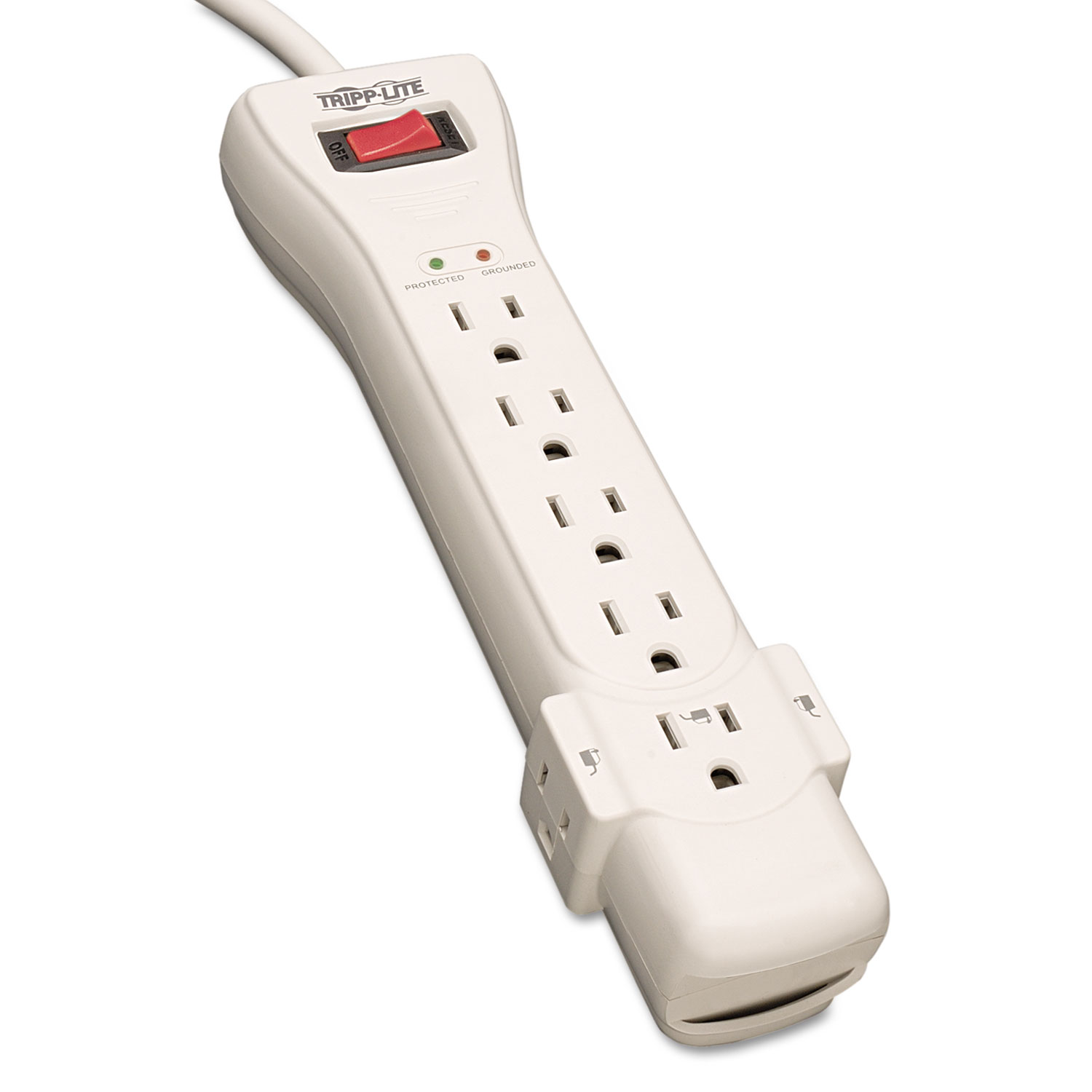

Articles
How To Tell If I Have A Surge Protector
Modified: December 7, 2023
Learn how to identify if you have a surge protector in place with this helpful guide. Protect your home electronics from power surges.
(Many of the links in this article redirect to a specific reviewed product. Your purchase of these products through affiliate links helps to generate commission for Storables.com, at no extra cost. Learn more)
Introduction
Welcome to the world of technology, where we rely heavily on various electronic devices to keep us connected, entertained, and productive. From smartphones to laptops, televisions to home appliances, our lives revolve around these gadgets. However, have you ever wondered what would happen if there was a sudden power surge? Would your precious electronics survive unscathed or be fried in an instant? This is where surge protectors come into play.
A surge protector is a device that serves as a defense shield for your electronics, preventing them from getting damaged due to power surges. But how do you know if you have a surge protector in place? In this article, we will explore what surge protectors are, their importance, how they work, and ways to determine if you have one. So let’s dive in!
Key Takeaways:
- Surge protectors are essential for safeguarding electronic devices from power surges, preserving their lifespan, and providing financial savings by preventing costly replacements.
- Look for signs of surge protectors, such as indicator lights, labeling, and higher price points, to ensure your electronic devices are effectively protected.
What is a Surge Protector?
A surge protector, also known as a surge suppressor, is a device designed to protect electrical devices from voltage spikes or surges. These surges can occur due to various reasons, such as lightning strikes, power outages, or fluctuations in the electrical grid. The primary function of a surge protector is to limit the voltage supplied to an electronic device, ensuring that it receives a constant and safe level of power.
Surge protectors are typically used to safeguard delicate and expensive electronics, such as computers, televisions, gaming consoles, and home theater systems. They come in various forms, including power strips with built-in surge protection, standalone surge protectors, and even whole-house surge protection systems.
Surge protectors are equipped with components called metal oxide varistors (MOVs), which are designed to absorb excess voltage and divert it away from the connected devices. This helps prevent the voltage spike from damaging the electronics or causing them to malfunction.
It’s important to note that surge protectors are different from power strips. Although power strips may provide multiple outlets, they do not offer the same level of protection against power surges. A power strip without built-in surge protection will not be effective in safeguarding your electronics during a voltage spike.
Investing in a surge protector is crucial to protect your valuable electronics from potential damage. It acts as a safety net, ensuring that your devices are shielded from power surges and enabling them to operate smoothly and safely.
Why Do I Need a Surge Protector?
Now that we understand what a surge protector is, you may be wondering why you actually need one. After all, can’t you just rely on the power outlets in your home or office to provide a stable power supply? While it’s true that standard electrical outlets can supply power, they are not equipped to handle sudden voltage spikes.
Here are a few reasons why you need a surge protector:
- Protection against power surges: Power surges can occur unexpectedly and can damage or destroy your electronic devices. A surge protector acts as a barrier, diverting excess voltage away from your devices and preventing potential damage.
- Preservation of electronic lifespan: Electronics are sensitive to voltage fluctuations. Over time, continuous exposure to power surges can degrade the internal components of your devices, shortening their lifespan. A surge protector helps maintain a stable voltage supply, increasing the longevity of your electronics.
- Financial savings: Replacing damaged electronics can be costly. By investing in a surge protector, you can protect your devices and avoid the expense of purchasing replacements.
- Protection during storms: Lightning strikes can cause massive power surges that can wreak havoc on your electronics. Having a surge protector in place offers an extra layer of defense when thunderstorms strike.
- Peace of mind: Knowing that your devices are protected provides peace of mind. You can rest easy, knowing that your electronics are shielded from potential electrical hazards.
Whether you have a home office filled with computers, a living room with a home entertainment system, or simply want to safeguard your smartphone and tablet chargers, having a surge protector is a wise investment. It’s an essential device that provides a reliable defense against power surges and offers added protection for your electronic devices.
How Does a Surge Protector Work?
Understanding how a surge protector works can help you grasp its importance in protecting your electronics. Surge protectors are designed to detect and redirect excess electrical voltage away from your devices, ensuring a safe and consistent power supply. Let’s take a closer look at how they achieve this:
- Metal Oxide Varistors (MOVs): Surge protectors contain components called metal oxide varistors (MOVs). These are specially designed to absorb excess voltage. When the voltage exceeds a certain threshold, the MOVs kick into action and redirect the excess energy away from your electronic devices.
- Clamping Voltage: Surge protectors are rated with a clamping voltage, which represents the maximum voltage level they can handle before activating the MOVs. The lower the clamping voltage, the better the surge protector is at protecting your devices. Look for surge protectors with a clamping voltage of 400 volts or lower for optimal protection.
- Joule Rating: Another important aspect of surge protectors is the joule rating. This indicates the amount of energy the surge protector can absorb before it becomes ineffective. The higher the joule rating, the more energy the surge protector can handle. Look for surge protectors with a joule rating of at least 600 joules or higher.
- Indicator Lights: Most surge protectors come with indicator lights to provide visual feedback. These lights indicate the status of the surge protector, such as if it is grounded properly or if it needs to be replaced. Regularly check the indicator lights to ensure that the surge protector is functioning correctly.
- Grounding: Proper grounding is essential for surge protectors to work effectively. Surge protectors should be connected to a grounded outlet or a grounded electrical system to divert excess voltage to the ground. Make sure that your surge protector is plugged into a properly grounded outlet for optimal protection.
It’s important to note that surge protectors have a limited lifespan and can wear out over time. Therefore, it’s recommended to replace them every few years or after experiencing a significant power surge.
By understanding how surge protectors work, you can make informed decisions when purchasing and using them. Remember to choose surge protectors with a low clamping voltage and high joule rating to ensure the best possible protection for your electronic devices.
Look for the “UL” or “ETL” certification mark on the surge protector. This indicates that it has been tested and meets safety standards.
Signs You Have a Surge Protector
Do you suspect that you have a surge protector in place, but you’re not quite sure? Here are some signs that can indicate the presence of a surge protector:
- Power Strip with Surge Protection: If you have a power strip with built-in surge protection, it’s a clear indicator that you have a surge protector. These power strips often come with labels or markings indicating the surge protection feature.
- Indicator Lights: Many surge protectors have indicator lights that provide visual feedback on their status. These lights can signal if the surge protector is grounded, if it’s protecting your devices, or if it needs to be replaced. Check for any indicator lights on the surge protector itself.
- Manufacturer’s Labeling: Surge protectors usually have labels or markings from the manufacturer that indicate their purpose. Look for words like “surge protector,” “surge suppressor,” or “protected” on the device itself or in the product specifications.
- Protected Outlets: Some surge protectors have specific outlets or sockets labeled as “protected” or “surge protection.” Check if any of the outlets on your power strip or surge protector are marked in this way.
- Higher Price Point: Surge protectors typically have a higher price point compared to standard power strips or extension cords. If you remember paying more for your power strip or if it was marketed as having surge protection, chances are you have a surge protector.
- Past Experience: If you recall purchasing a surge protector in the past or if you have experienced a power surge that did not damage your electronics, it’s likely that you have a surge protector in place.
If you still have doubts about whether you have a surge protector, you can always check the product documentation or contact the manufacturer for verification. It’s important to ensure that your surge protector is functioning correctly to provide the necessary protection for your electronic devices.
Steps to Check If You Have a Surge Protector
If you’re unsure whether you have a surge protector in place, you can follow these steps to check:
- Inspect Your Power Strip: Examine your power strip for any labels or markings indicating surge protection. Look for words such as “surge protector,” “surge suppressor,” or “protected” on the power strip itself or in the product documentation.
- Look for Indicator Lights: Check if your power strip or surge protector has any indicator lights. These lights typically provide information about the status of the surge protector, such as if it’s grounded, if it’s protecting your devices, or if it needs to be replaced.
- Check the Outlets: Some surge protectors have specific outlets that are labeled as “protected” or “surge protection.” Inspect your power strip or surge protector for any outlets that have these labels. You can also look for any signs of extra protection features, such as thicker or reinforced outlets on the device.
- Examine the Packaging: If you still have the packaging or the product documentation for your power strip or surge protector, review it for any mention of surge protection. Look for any labels, descriptions, or specifications that confirm the presence of surge protection.
- Research the Product: If all else fails, you can search for your power strip or surge protector online. Look up the model number or brand name and read through the product specifications to determine if it includes surge protection features.
- Consult the Manufacturer: If you’re still uncertain about whether you have a surge protector, reach out to the manufacturer for clarification. They can provide accurate information about the specific model you have and whether it offers surge protection.
Remember, it’s essential to ensure you have a surge protector in place to safeguard your electronic devices from potential damage caused by power surges. If you discover that you don’t have a surge protector, consider investing in one to provide that extra layer of protection.
Other Ways to Protect Your Electronics
While surge protectors are an important tool in safeguarding your electronics, there are other measures you can take to further protect your devices from potential damage. Here are some additional ways to protect your electronics:
- Unplug During Thunderstorms: When a thunderstorm is approaching or there are lightning strikes in the vicinity, it’s a good idea to unplug your electronic devices. This removes the risk of power surges entering your devices through the power cords.
- Use Uninterruptible Power Supply (UPS): A UPS provides backup power to your electronics in case of a power outage. It also acts as a surge protector, ensuring a stable power supply to your devices. Consider using a UPS for critical electronics, such as computers, servers, and network equipment.
- Be Mindful of Electrical Loads: Avoid overloading electrical outlets or power strips with too many devices. Distribute the load across different outlets to prevent overheating and potential electrical hazards.
- Keep Electronics Away from Water: Water and electronics do not mix. Keep your devices away from water sources and use caution when using them in humid or damp environments.
- Regular Maintenance and Cleaning: Dust and debris can accumulate in and around your electronic devices, leading to overheating. Regularly clean and maintain your devices to prevent damage from overheating.
- Surge Protection at the Service Panel: Consider installing a whole-house surge protection system at your main service panel. This provides comprehensive protection for all the electrical circuits in your home, minimizing the risk of power surges affecting your devices.
- Follow Manufacturer Recommendations: Always follow the manufacturer’s guidelines for your electronic devices. This includes proper installation, usage, and maintenance instructions. Adhering to these recommendations will help prolong the lifespan of your electronics.
By implementing these additional protective measures, you can further enhance the safety and longevity of your electronic devices. Remember, prevention is key when it comes to protecting your valuable electronics from potential damage caused by power surges or other electrical hazards.
Conclusion
Having a surge protector is essential in today’s technology-driven world. It serves as a vital line of defense, protecting your electronic devices from potential damage caused by power surges. By limiting the voltage supplied to your devices, a surge protector ensures a stable and safe power supply, ultimately extending the lifespan of your electronics.
In this article, we have explored what surge protectors are, their importance, how they work, and how to determine if you have one in place. We have also discussed additional ways to protect your electronics, such as using uninterruptible power supplies, being mindful of electrical loads, and keeping your devices away from water.
Remember to look for signs of surge protectors, such as power strips with surge protection features, indicator lights, and labeling on the device. If you’re unsure, you can inspect the packaging, research the product online, or consult the manufacturer for clarification.
By investing in surge protectors and implementing other protective measures, you can have peace of mind knowing that your valuable electronics are shielded from potential damage. Whether it’s a thunderstorm, power surge, or everyday fluctuations in the electrical grid, surge protectors provide an added layer of defense to keep your devices safe and operational.
So, take the necessary steps to protect your electronics and ensure their longevity. Invest in surge protectors, practice proper maintenance, and follow manufacturer recommendations. By doing so, you can enjoy the benefits of your electronic devices for years to come.
Frequently Asked Questions about How To Tell If I Have A Surge Protector
Was this page helpful?
At Storables.com, we guarantee accurate and reliable information. Our content, validated by Expert Board Contributors, is crafted following stringent Editorial Policies. We're committed to providing you with well-researched, expert-backed insights for all your informational needs.
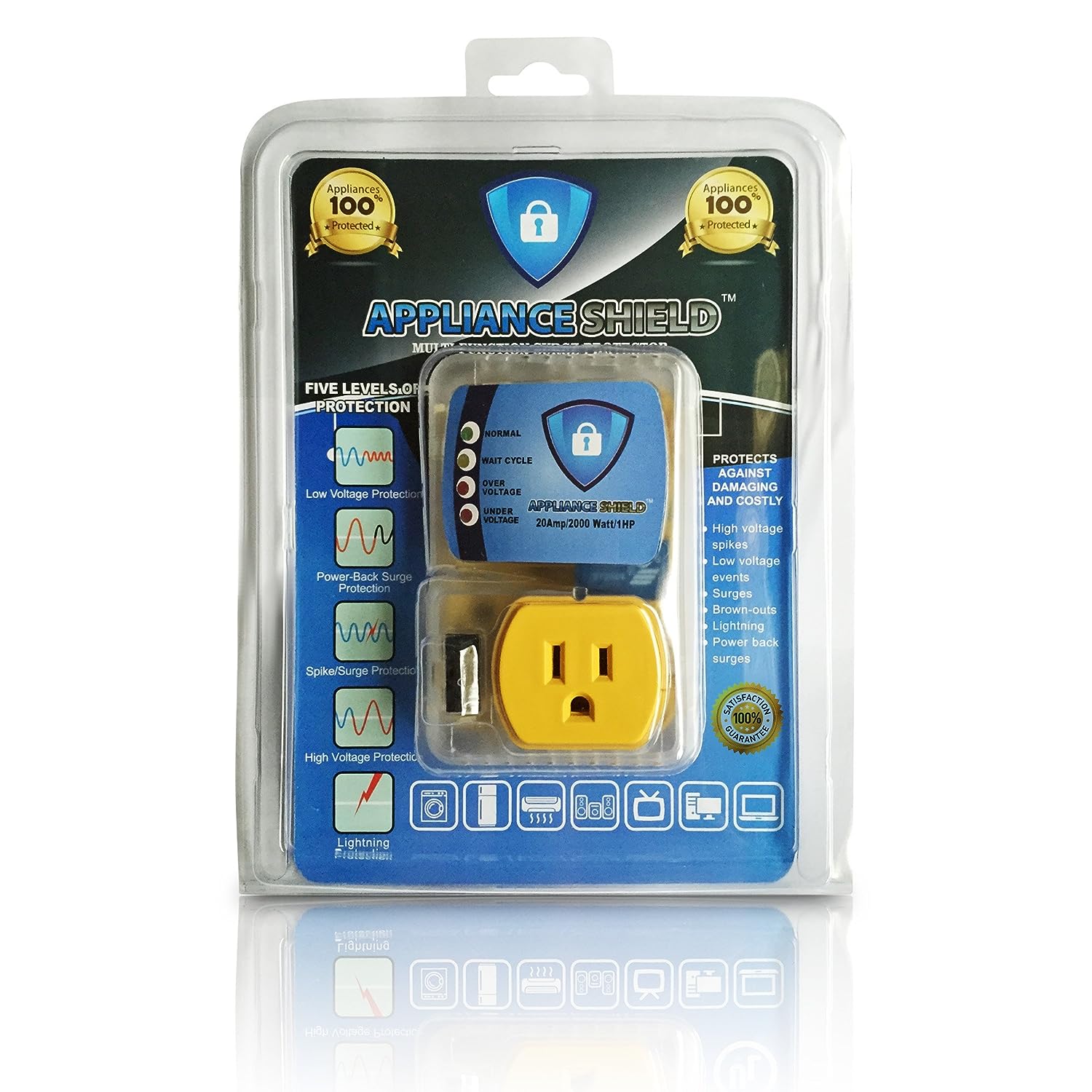

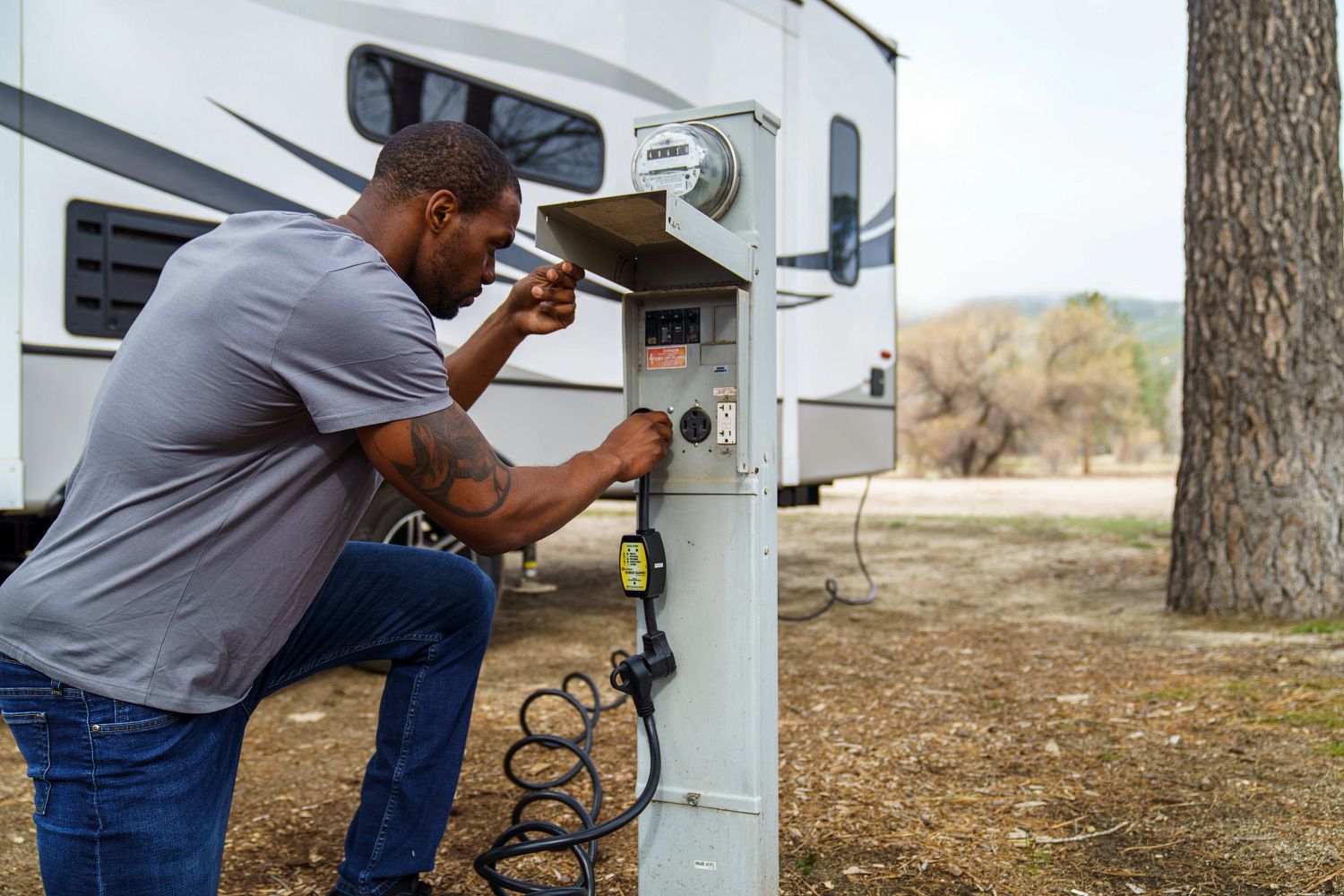
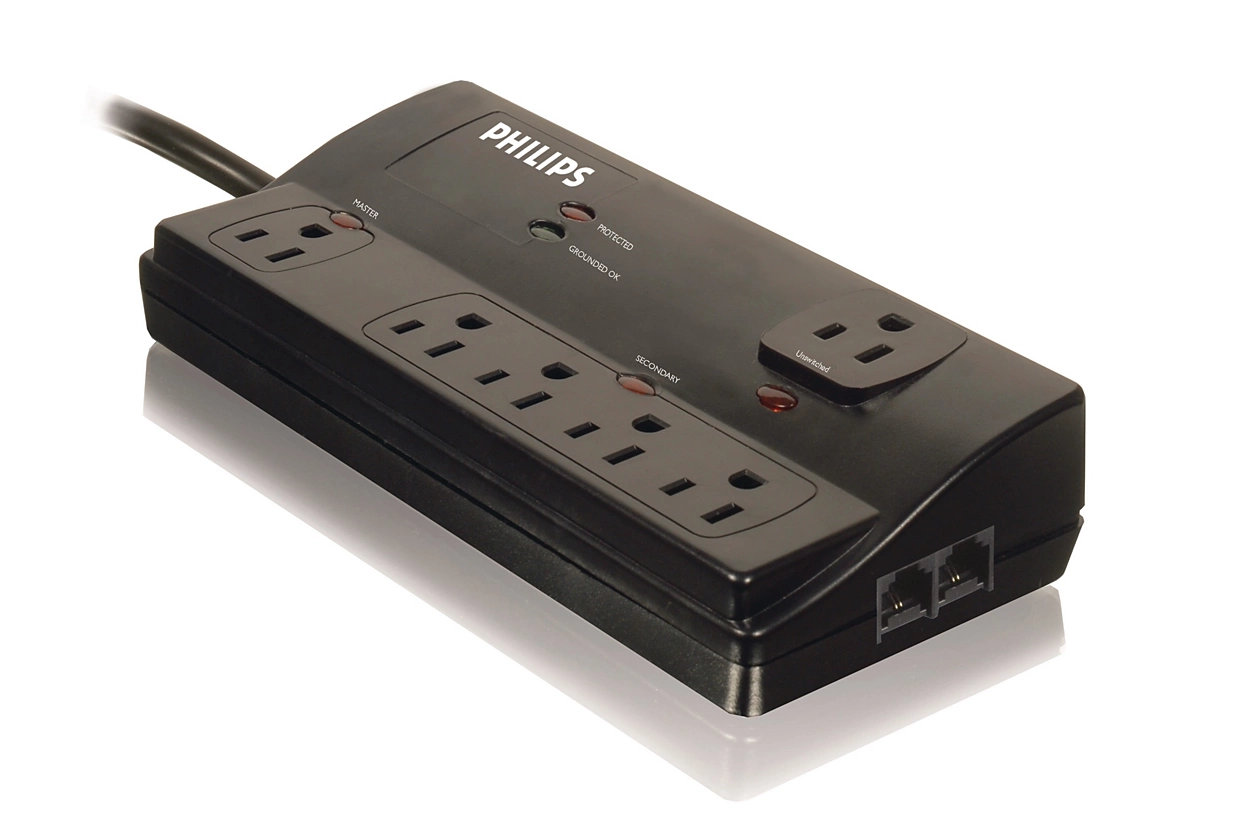
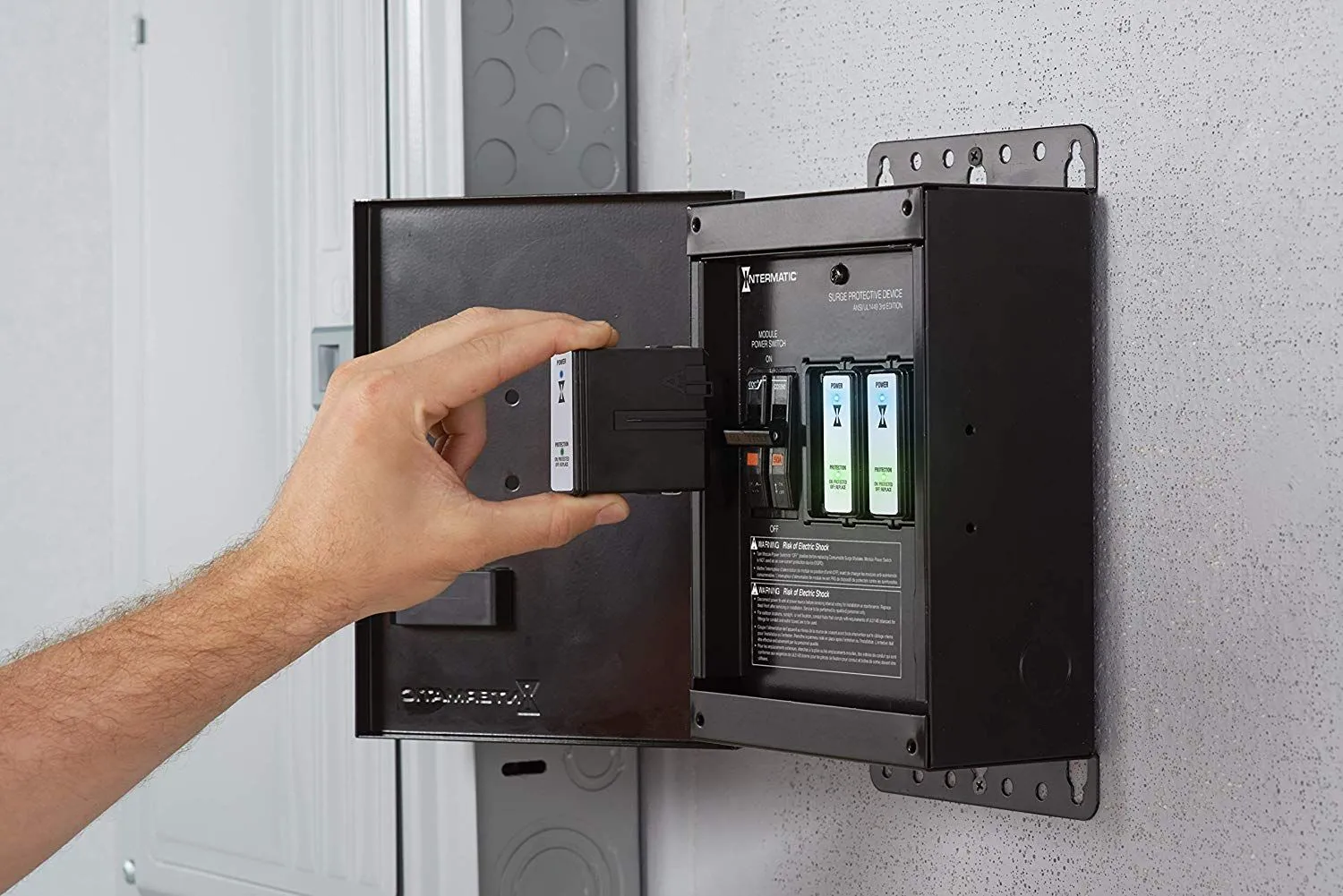
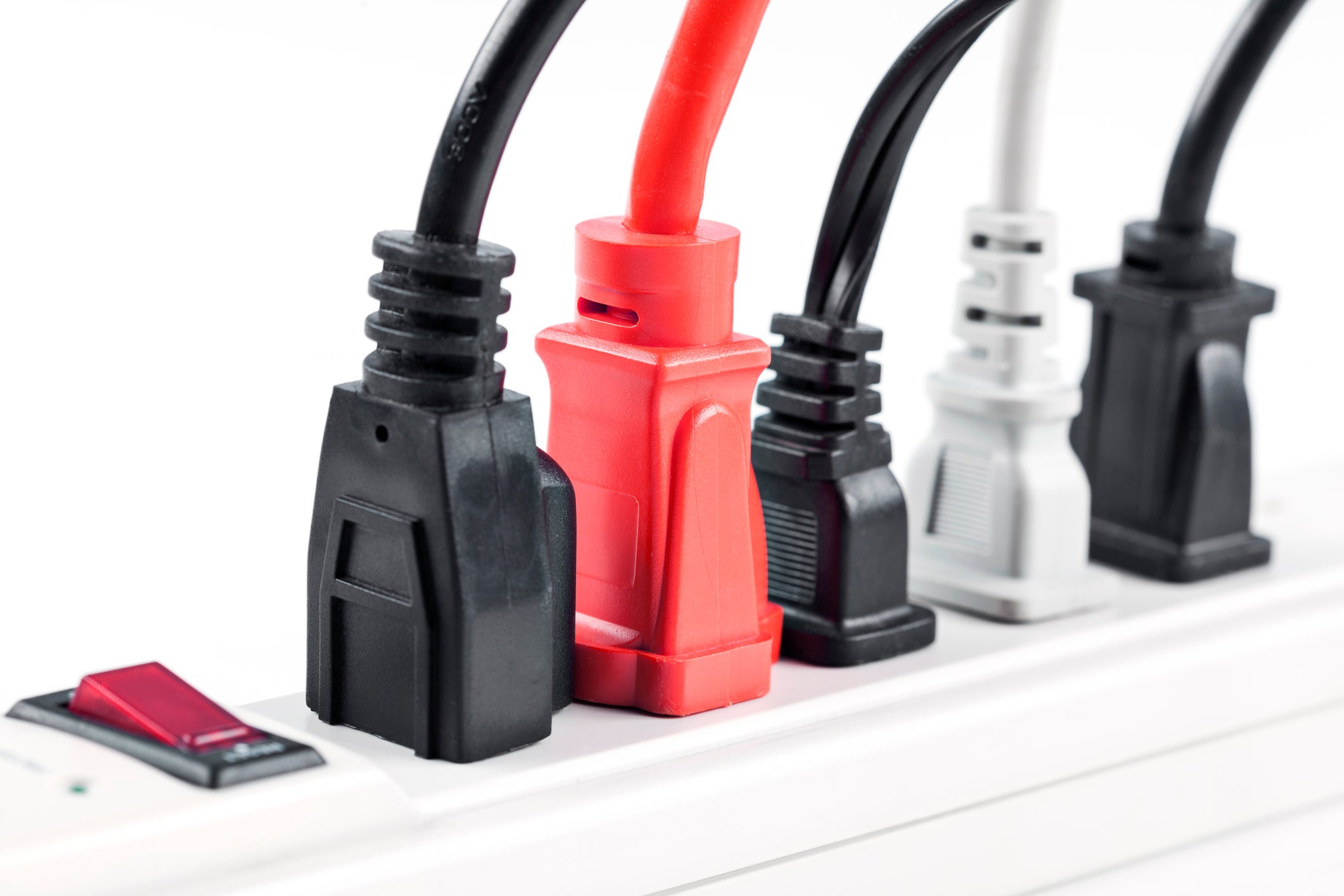

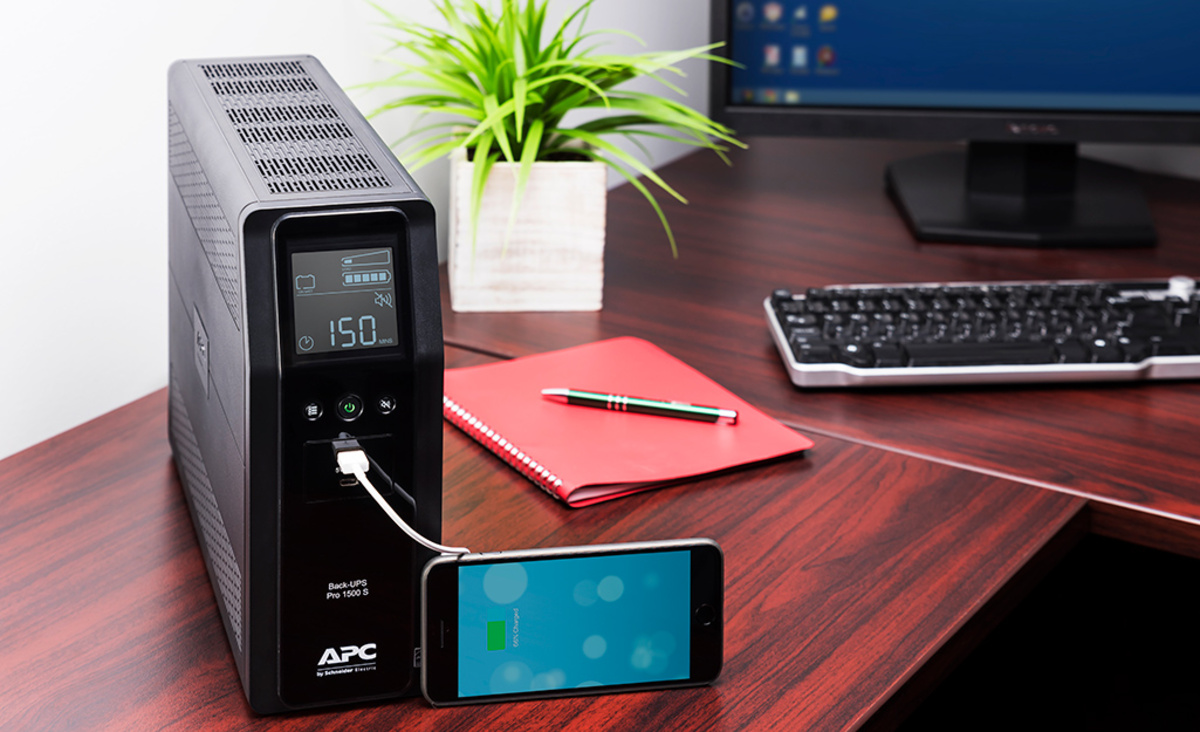
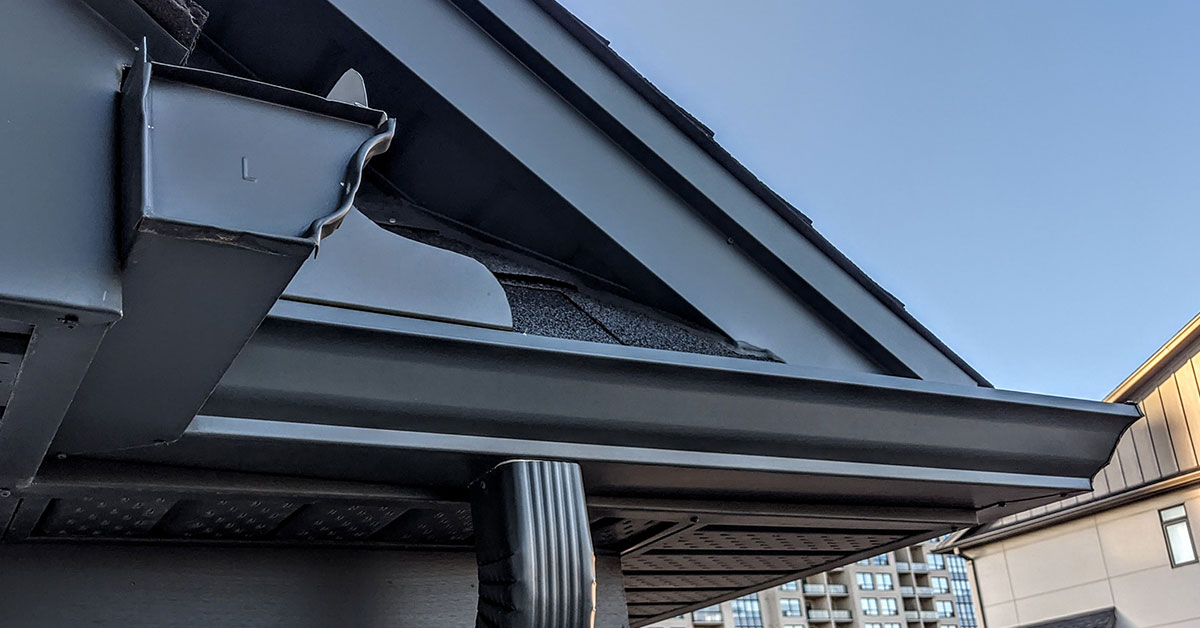


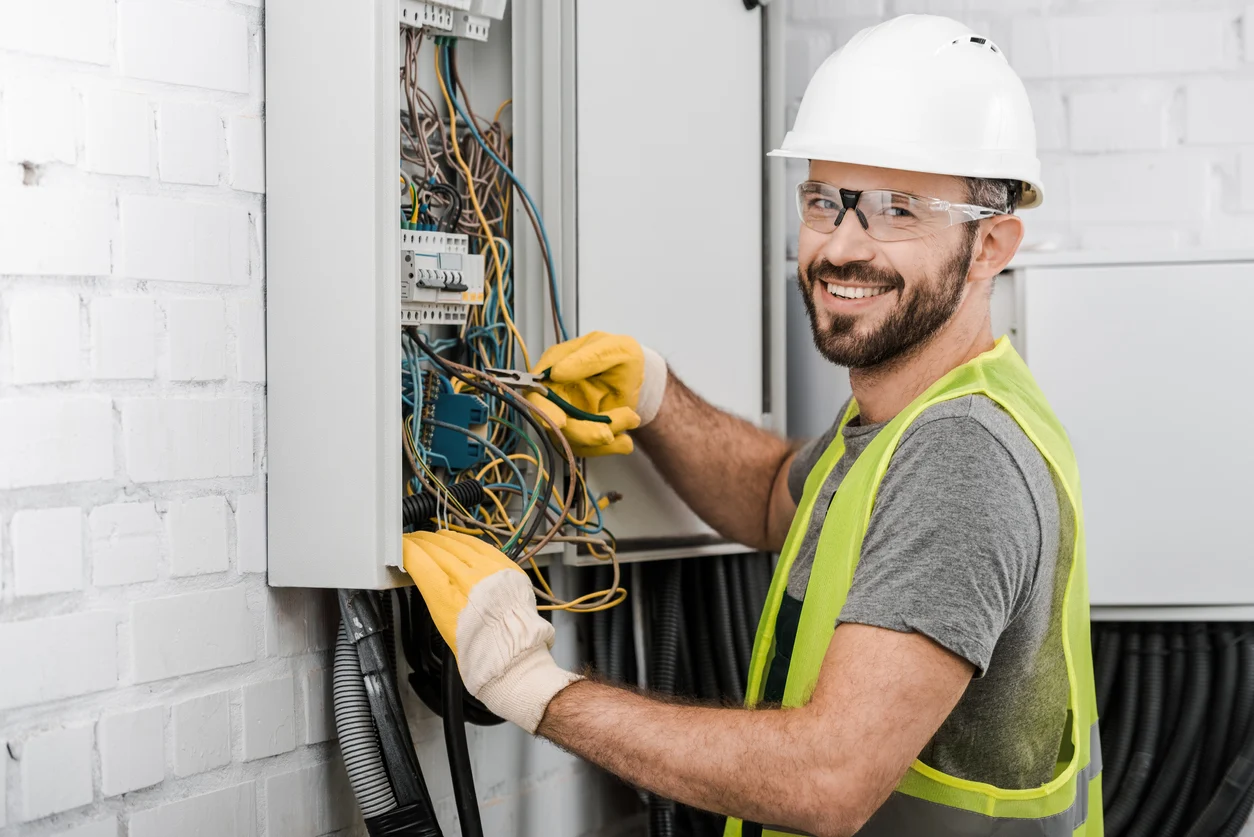
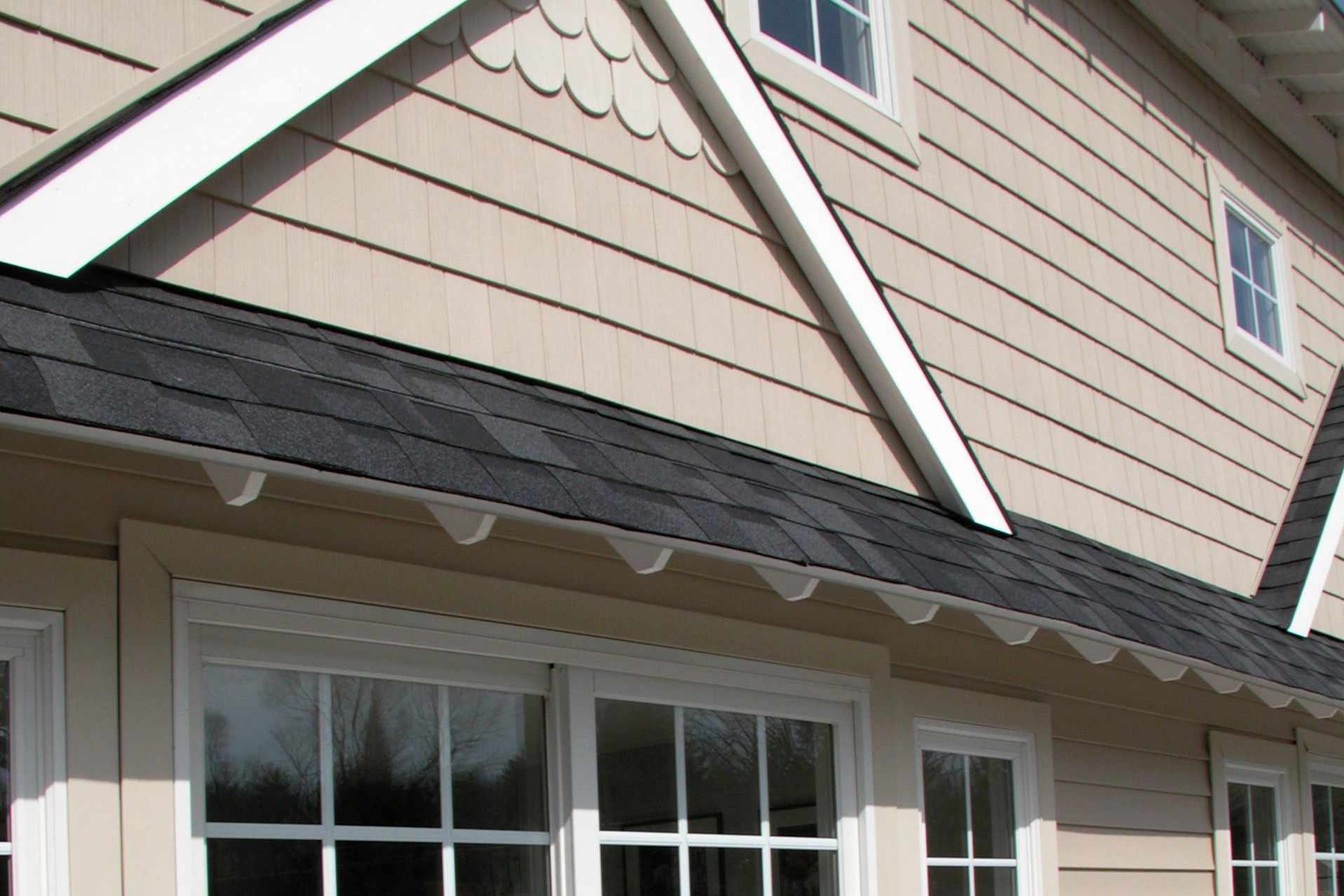


0 thoughts on “How To Tell If I Have A Surge Protector”